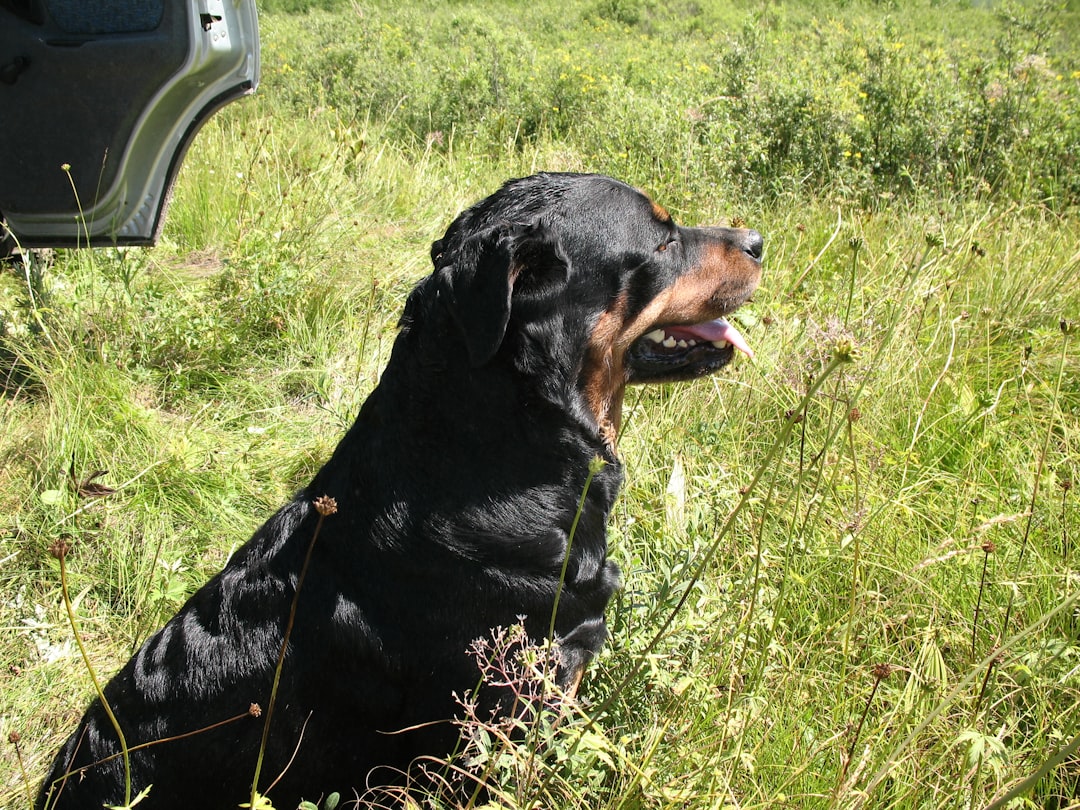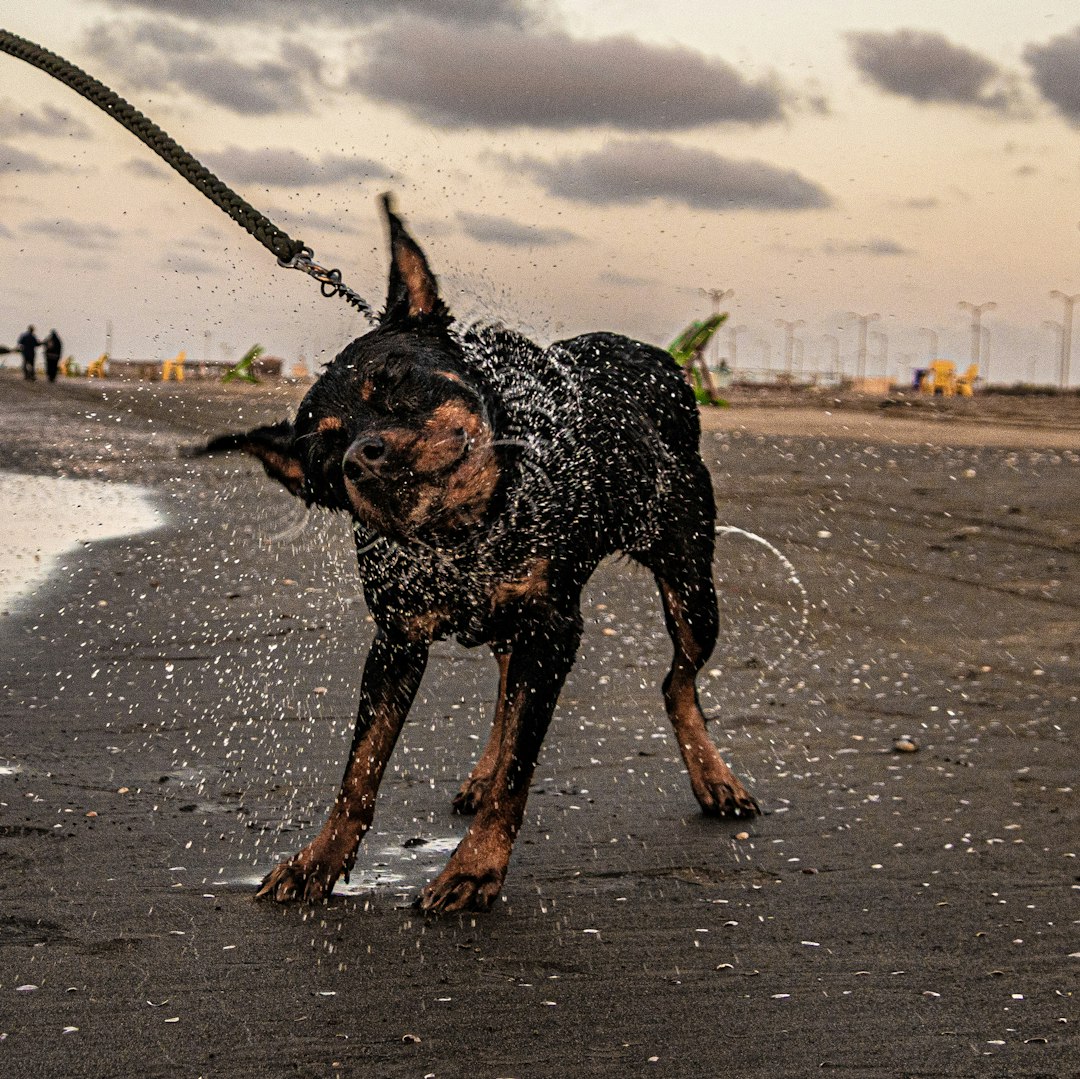If your furry friend suddenly starts making sounds reminiscent of a honking goose, you might be facing a case of kennel cough. This pesky respiratory illness, often passed around like a bad cold at the dog park, can leave you scratching your head in worry. But fear not! Understanding kennel cough isn’t rocket science; it just takes a bit of knowledge about its symptoms, causes, and how to keep your pup safe. So, grab a comfy seat and let’s dive into the woof-tastic world of kennel cough!
What is Kennel Cough?

Kennel cough, or as the cool kids call it, infectious canine tracheobronchitis, is like the hiccup in your dog’s otherwise fabulous social life. This highly contagious respiratory disease primarily affects dogs, especially those that mingle in crowded places, such as boarding kennels or dog parks. Imagine a canine concert where all the pups are belting out their coughs instead of barking. Not so charming, right?
Here’s an entertaining breakdown for you:
- Causative Agents: Kennel cough arises from a mix of several pathogens, including bacteria (like Bordetella bronchiseptica) and viruses (like parainfluenza). Kind of like a doggy variety show: each performer contributes to the overall performance!
- Duration: Usually, kennel cough hangs around for 1 to 3 weeks. Unfortunately, it can be quite the party crasher for your pup’s playdates.
- High-Risk Zones: Think doggy daycare, boarding facilities, and groomers—these places are notorious for spreading kennel cough faster than gossip at a puppy playdate.
So, keep an eye (and an ear) out for those tell-tale coughs. After all, no one likes being the “sick dog” in the bunch!
Common Symptoms of Kennel Cough

Ah, kennel cough—sounds like an ill-timed doggy disco, right? But in reality, it’s a pesky respiratory infection that makes your furry friend less than fabulous. So, what should you be on the lookout for? Here are the top symptoms of kennel cough:
- Honking Cough: Imagine the sound of a seal barking—this dry, hacking cough is the hallmark of kennel cough.
- Runny Nose: A little snotty? Dogs may develop nasal discharge that matches your Monday morning mood.
- Sneezing: Frequent sneezing can occur, as if they’re proving a point about their nasal hygiene.
- Loss of Appetite: Not in the mood for kibble? Kennel cough may lead to a diminished interest in meals.
- Lethargy: If your pup prefers lounging over playtime, it’s time for concern!
To keep your doggo’s tail wagging, stay alert for these symptoms. If they start sounding like a wheezy old man, you might just be dealing with kennel cough!
Understanding the Causes of Kennel Cough

Ah, kennel cough—a doggy drama with a catchy name! This respiratory illness, scientifically known as canine infectious tracheobronchitis, can have several culprits behind the curtain. Here’s a snappy rundown of what causes kennel cough and why your pup might end up with those pesky coughs:
- Bacterial and Viral Infections: Typically, kennel cough results from a combination of infectious agents. The most common offender? Bordetella bronchiseptica! Other contenders include parainfluenza and adenovirus.
- Environmental Factors: Poor ventilation, crowded spaces (like your average doggy daycare), and stress can create a perfect storm for kennel cough’s emergence. Indoor dog parks, anyone?
- Compromised Immune System: If your dog is under stress, unvaccinated, or simply feeling blue, their immune system may wave a white flag, allowing kennel cough to swoop in!
To wrap it up, kennel cough is akin to a bad comedy show—full of different acts that can cause havoc! By knowing these factors, you can take proactive steps to keep your furry friends gallivanting happily without the dreaded cough looming over their heads.
How Kennel Cough Spreads

Understanding how kennel cough spreads is crucial for protecting your furry friends. This highly contagious respiratory infection can jump from dog to dog quicker than you can say “fetch!” Here’s a breakdown of the main culprits behind its transmission:
- Direct Contact: Dogs exchanging slobbery kisses (or any close encounter) can easily spread kennel cough.
- Shared Spaces: Think dog parks, kennels, or grooming salons—any place dogs gather is a potential hotbed for spreading the virus.
- Aerosol Transmission: That’s right! Airborne particles can linger in the air, waiting for an unsuspecting pooch to inhale them.
- Contaminated Surfaces: Dogs are like teenagers—curious and eager to explore! They might sniff or lick items contaminated with bacteria, like toys or water bowls.
Comparison of Transmission Methods
| Method | Risk Level |
|---|---|
| Direct Contact | High |
| Shared Spaces | High |
| Airborne Transmission | Moderate |
| Contaminated Surfaces | Low |
Staying vigilant during playdates and public outings is essential in halting kennel cough in its tracks! So, keep an eye on your pup and encourage clean habits to help everyone breathe a little easier.
Diagnosing Kennel Cough in Dogs
Diagnosing kennel cough can feel like a dog puzzle that leaves many pet owners scratching their heads. Fortunately, understanding the main signs can help you connect the dots!
Here’s how veterinarians typically diagnose kennel cough:
- Physical Examination: Vets will examine your dog, checking for a dry, honking cough, which is the star symptom of kennel cough.
- Medical History: They’ll inquire about your dog’s recent activities, such as whether they visited a kennel or interacted with other dogs, since these are high-risk areas for kennel cough.
- Diagnostic Tests: In some cases, your vet might perform:
- Chest X-rays to rule out pneumonia or other respiratory issues.
- Nasopharyngeal swabs to identify specific pathogens causing kennel cough.
Quick Comparison: Kennel Cough vs. Other Respiratory Issues
| Symptom | Kennel Cough | Allergies | Pneumonia |
|---|---|---|---|
| Cough Type | Dry, honking cough | Sneezing, itchy skin | Wet cough |
| Other Symptoms | Mild lethargy, runny nose | Watery eyes | High fever, difficulty breathing |
| Transmission Method | Highly contagious | Not contagious | Not contagious |
Remember, early diagnosis leads to quicker treatment, so if you suspect your pup might be suffering from kennel cough, don’t hesitate to make that vet appointment!
The Role of Vaccination in Prevention
When it comes to kennel cough, prevention is always better than cure—just like avoiding that last slice of cake when you’re on a diet (but way more important). The good news? Vaccination provides a safety net for our furry friends.
Why Vaccinate?
- Prevents Infection: Vaccines significantly reduce the risk of contracting kennel cough.
- Less Severe Symptoms: Should your pup still catch it, vaccinated dogs tend to show milder symptoms.
- Community Health: The more pups vaccinated, the less chance the virus has to spread, protecting everyone!
Types of Vaccines:
| Vaccine Type | Administration | Protection Level |
|---|---|---|
| Injected Vaccine | Subcutaneous injection | Moderate |
| Intranasal Vaccine | Nose droplet | Rapid & robust |
| Oral Vaccine | Swallowed | Convenient but less common |
In conclusion, ensuring your dog gets vaccinated against kennel cough is crucial. It’s a simple way to keep them safe and sound—making both of you worry less about those pesky coughs! So, treat vaccination like a superhero cape for your hound; it won’t make them fly, but it definitely makes them feel mighty!
The Role of Vaccination in Prevention
When it comes to kennel cough, prevention is better than a high-velocity sneeze! Vaccination serves as your furry friend’s first line of defense. Here’s how it plays its pivotal role:
- Types of Vaccines:
- Bordetella bronchiseptica: The main culprit behind kennel cough, this vaccine targets the bacterium directly.
- Parainfluenza virus: Often included in combination vaccines, it helps shield against the viral angles of kennel cough.
- Timing Matters:
- Puppies should start their vaccination schedule around 6-8 weeks, with boosters typically at 12 and 16 weeks.
- Adult dogs need a booster every 6-12 months, especially if they frequent dog parks or boarding facilities.
- Benefits Beyond Kennel Cough:
- Reduces the severity of symptoms, should your pooch catch the bug.
- Promotes overall canine health—because happy, healthy dogs are less likely to get sick!
To wrap it up, while vaccination doesn’t guarantee immunity, it DEFINITELY helps you dodge the kennel cough bullet!
Best Practices for Prevention
Preventing kennel cough is easier than pie—assuming that pie is a no-bake recipe that involves just a few simple ingredients! Here’s how to keep your furry friends safe and sound:
- Vaccinate regularly:
- Ensure your dog receives the kennel cough vaccine as part of their routine shots. It’s a small price to pay for peace of mind!
- Limit exposure:
- Avoid crowded places such as dog parks or boarding facilities if outbreaks are reported. If everyone’s barking about it, it’s best to steer clear!
- Practice good hygiene:
- Clean your dog’s toys, bedding, and food bowls regularly. A tidy space means fewer germs dancing around.
- Observe social distancing:
- Although dogs love to mingle, encourage good manners. Keep a safe distance from unfamiliar dogs, especially those showing symptoms of kennel cough.
- Boost immunity:
- Provide a balanced diet and regular exercise. A healthy dog is less vulnerable to illnesses.
Incorporating these best practices into your dog-care routine makes a huge difference in keeping pesky kennel cough at bay!
Best Practices for Prevention
Preventing kennel cough is easier than convincing your pup not to chase squirrels! Here are some essential practices to keep your furry friend safe and sound:
- Vaccination: Keep your dog up-to-date on kennel cough vaccines. Shots aren’t just for birthdays—this is the real deal!
- Social settings: Avoid crowded places where dogs gather, like dog parks or boarding facilities, especially during kennel cough outbreaks. Remember, a little space can go a long way.
- Hygiene matters: Regularly clean shared toys and bedding at doggy daycare or playdates. Treat them like your favorite pair of shoes—cleanliness is key!
- Monitor exposure: Limit interactions with dogs showing symptoms. If you see a pooch hacking away, it’s time to steer clear—that’s not the kind of dog drama you want.
- Regular vet checks: Frequent visits to your veterinarian ensure your dog stays in tip-top shape. Early detection can prevent kennel cough from spreading.
By following these best practices, you’re not just an average dog owner; you’re a pet care superhero battling the menace of kennel cough! 🦸♂️🐾
When to See a Veterinarian
Keeping an eye on your pup’s health is crucial, especially when it comes to kennel cough. But how do you know when it’s time to seek professional help? Here are some red flags to watch for:
- Persistent Coughing: If your dog’s cough lingers beyond a few days or worsens, don’t wait—call the vet.
- Lethargy: Is your active pooch suddenly hitting the snooze button? Excessive tiredness could signal more than just kennel cough.
- Loss of Appetite: If your furry friend turns up their snout at mealtime, it’s time for a check-up.
- Fever: A temperature above 103°F (39.4°C) can indicate a serious infection. Get that thermometer ready!
- Difficulty Breathing: Any signs of labored breathing or distress warrant immediate veterinary attention.
Remember, kennel cough is often mild but can lead to complications, particularly in vulnerable pups. If you notice any of these symptoms, don’t hesitate! Your vet can assess the situation and guide you on the best treatment options to help your dog bounce back. After all, a healthy pup is a happy pup!
Frequently Asked Questions
What exactly is kennel cough, and why should I care?
Ah, kennel cough, the not-so-glamorous term for canine infectious tracheobronchitis. It’s like the common cold for dogs, spreading like juicy gossip in places where pups gather—dog parks, kennels, and maybe even at your hipster neighbor’s rooftop BBQ. While most dogs recover without drama, some can develop serious complications. So, if you value your pup’s health and those adorable puppy eyes, it’s worth paying attention to!
How can I tell if my dog has kennel cough?
Spotting kennel cough in your furry friend can be as easy as pie—if the pie was made of wiggly puppies! Look out for a noticeable honking cough, often accompanied by gagging and even some wheezing. Your pup may also feel a bit under the weather, with a reduced appetite or more time spent mastering the art of the lethargic stare. If your dog sounds like it took a tumble off a skateboard, it’s time for a vet check-up!
What causes kennel cough to crash the dog party?
Ah, the culprits behind kennel cough are a rogue’s gallery of infectious agents, including bacteria (like Bordetella bronchiseptica), viruses, and perhaps even an unsolicited influencer tip on social media! These nasty little pests enjoy joining forces in crowded environments, targeting the respiratory tract. So, if your furry friend frolics with a sniffly buddy, they just may have signed up for the kennel cough parade!
What can I do to protect my dog from kennel cough?
Fear not, dear dog parent! Protecting your pup from kennel cough isn’t rocket science—more like puppy school. Vaccination is your first line of defense. Consult your vet about the Bordetella vaccine, especially if your dog loves socializing. Keeping your fur baby away from crowded hangouts during outbreaks and practicing good hygiene can help too. Who thought washing your dog’s paws could save the day? Stay vigilant, and your pup will be barking in good health!



